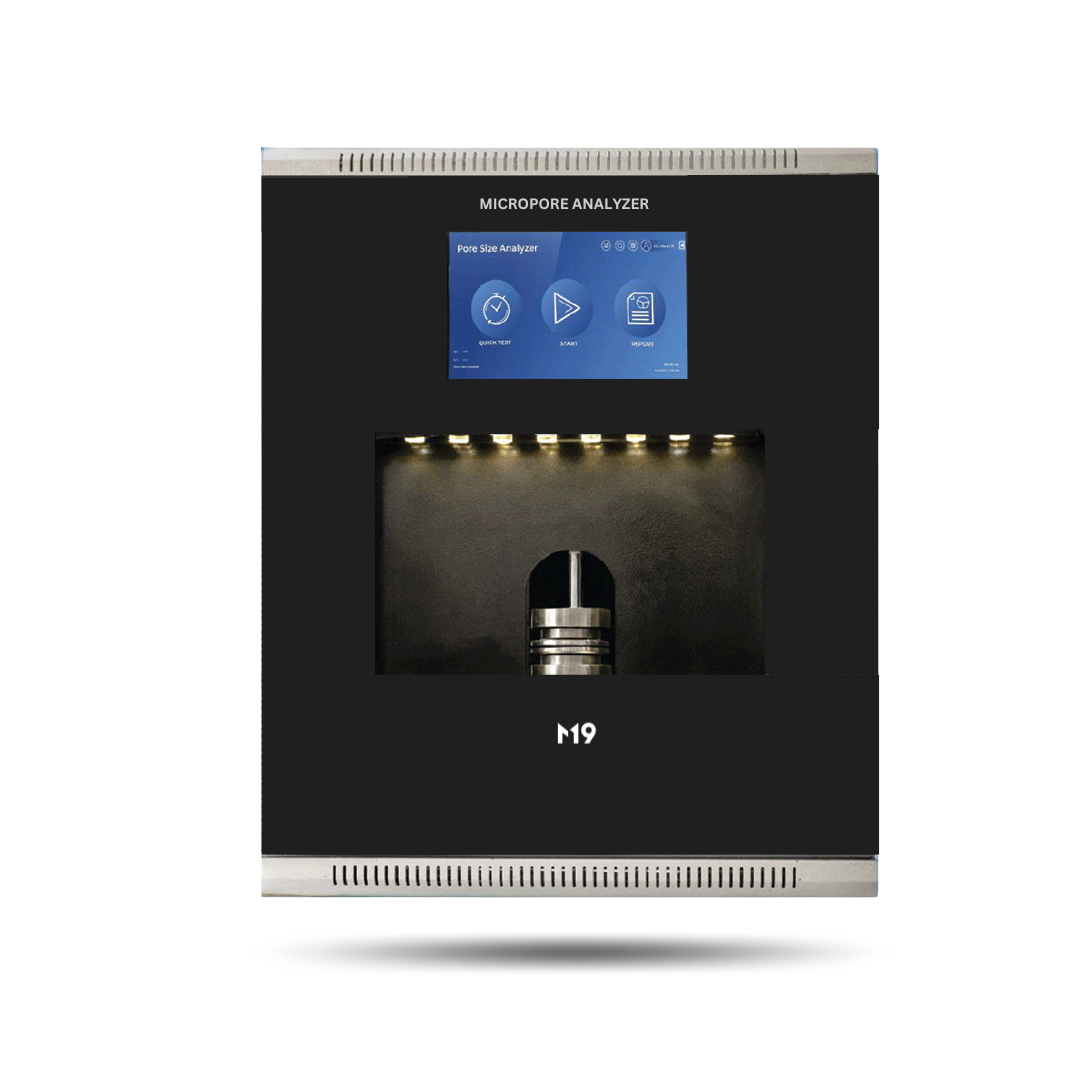
Micropore Analyzer
ASTM F316, ASTM D6767
- Request Quote
- Download Brochure
- Learn More
Stay up-to-date with the latest news, trends, and insights delivered directly to your inbox.
Subscribe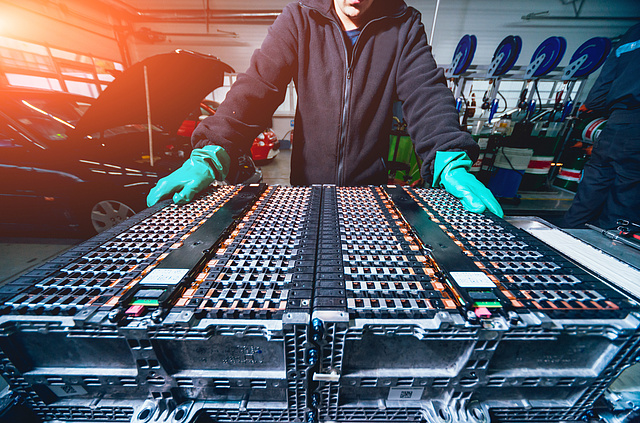

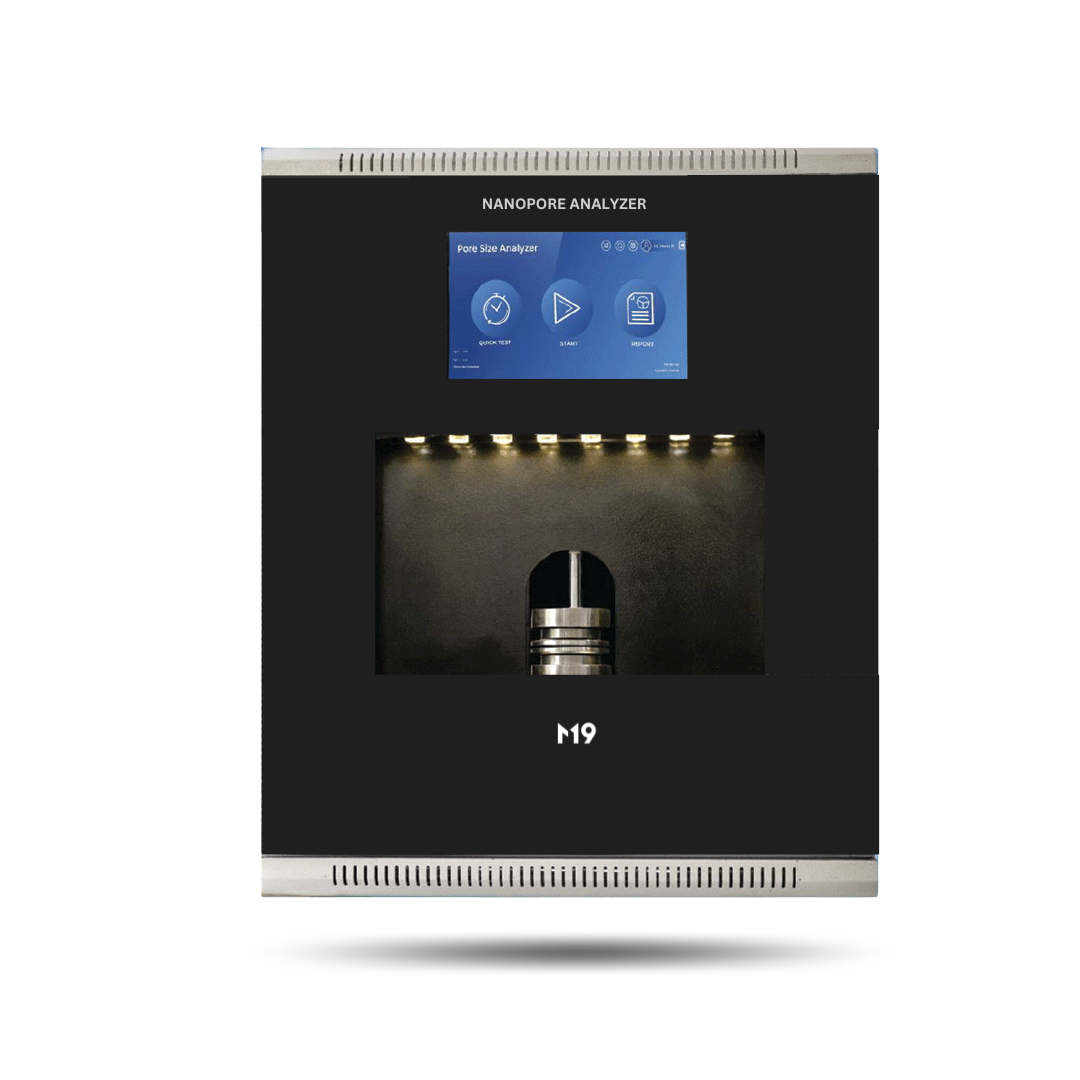
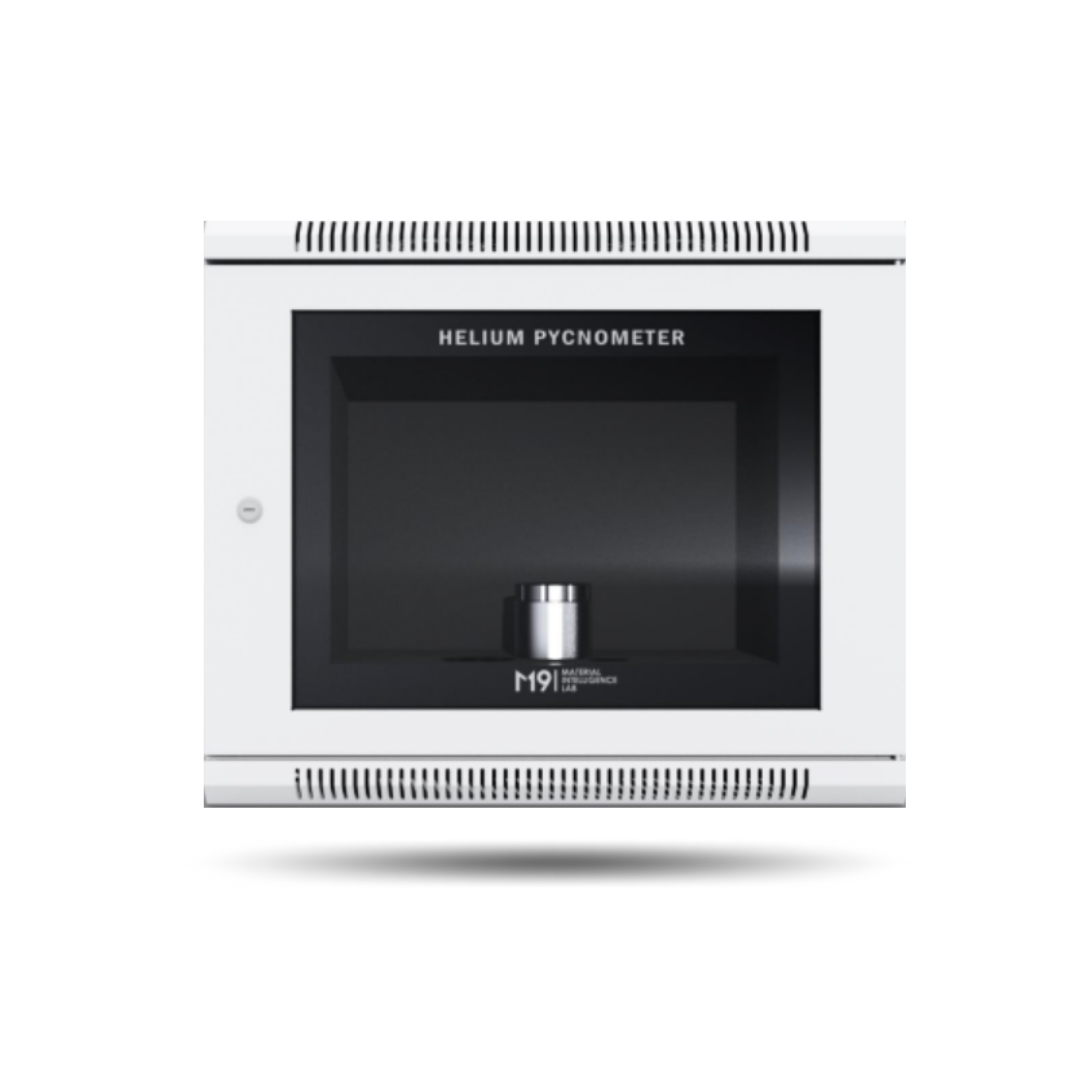
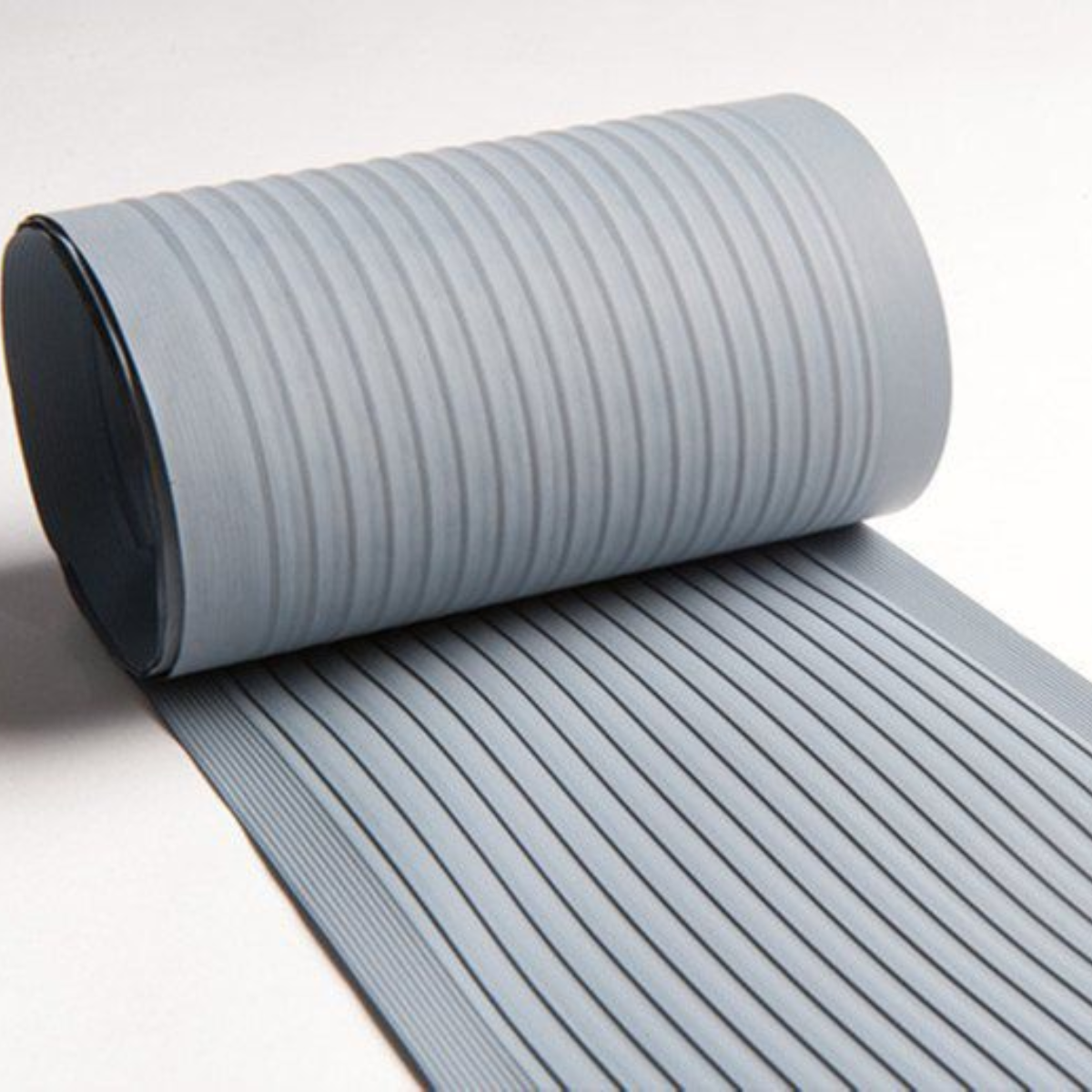
Ultra-high precision testing throughout all types of battery separator materials like Polyamide nonwovens, hydrophilic polypropylene nonwovens, Microporous Polyethylene membranes etc.
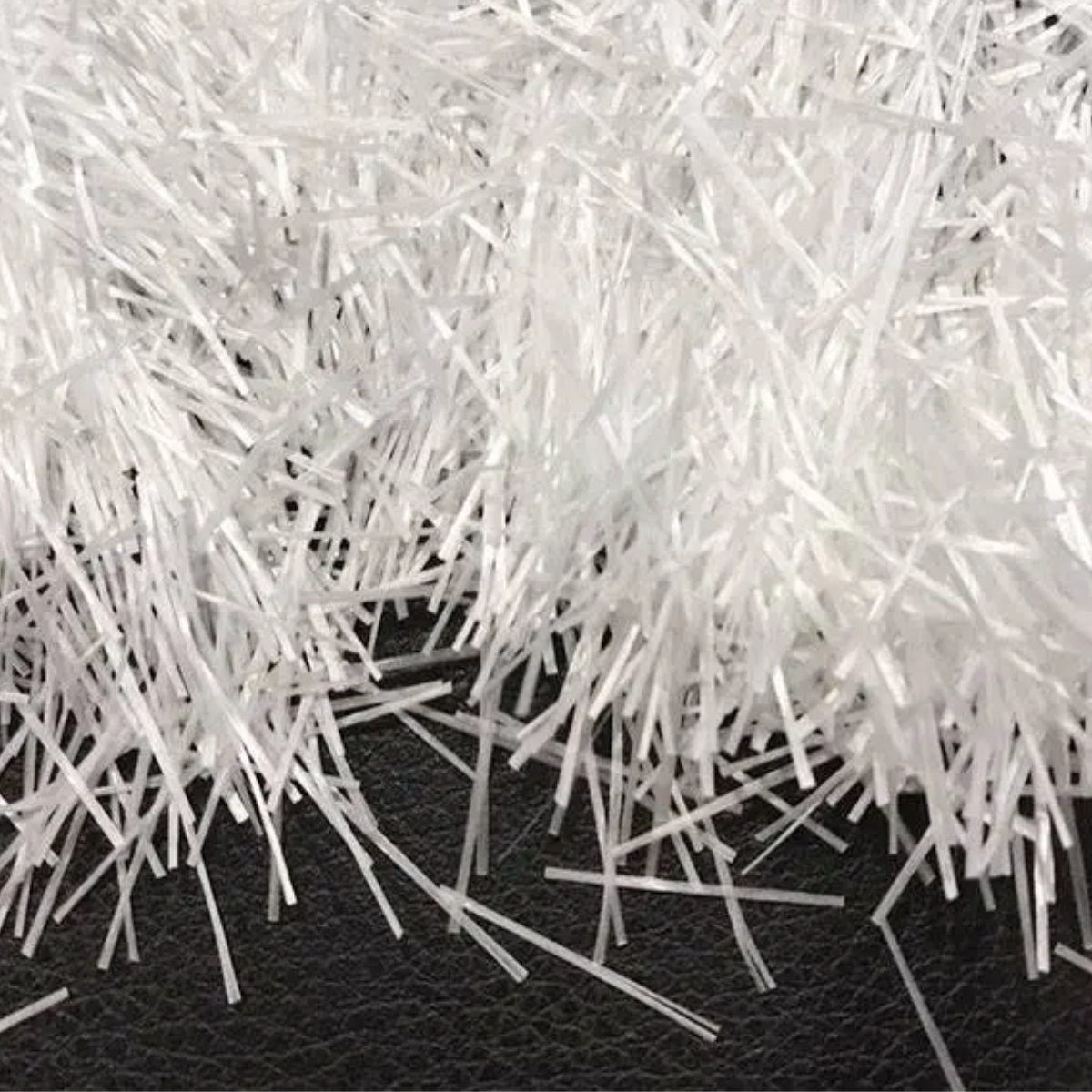
Fiberglass battery separator tissue is characterized by large area weight, low DC mass resistivity, high absorption capacity, good acid resistance, low content of deoxidized potassium permanganate (KMnO4) organic substance, and impurity as well as proper stiffness, smooth surface, and uniform thickness.
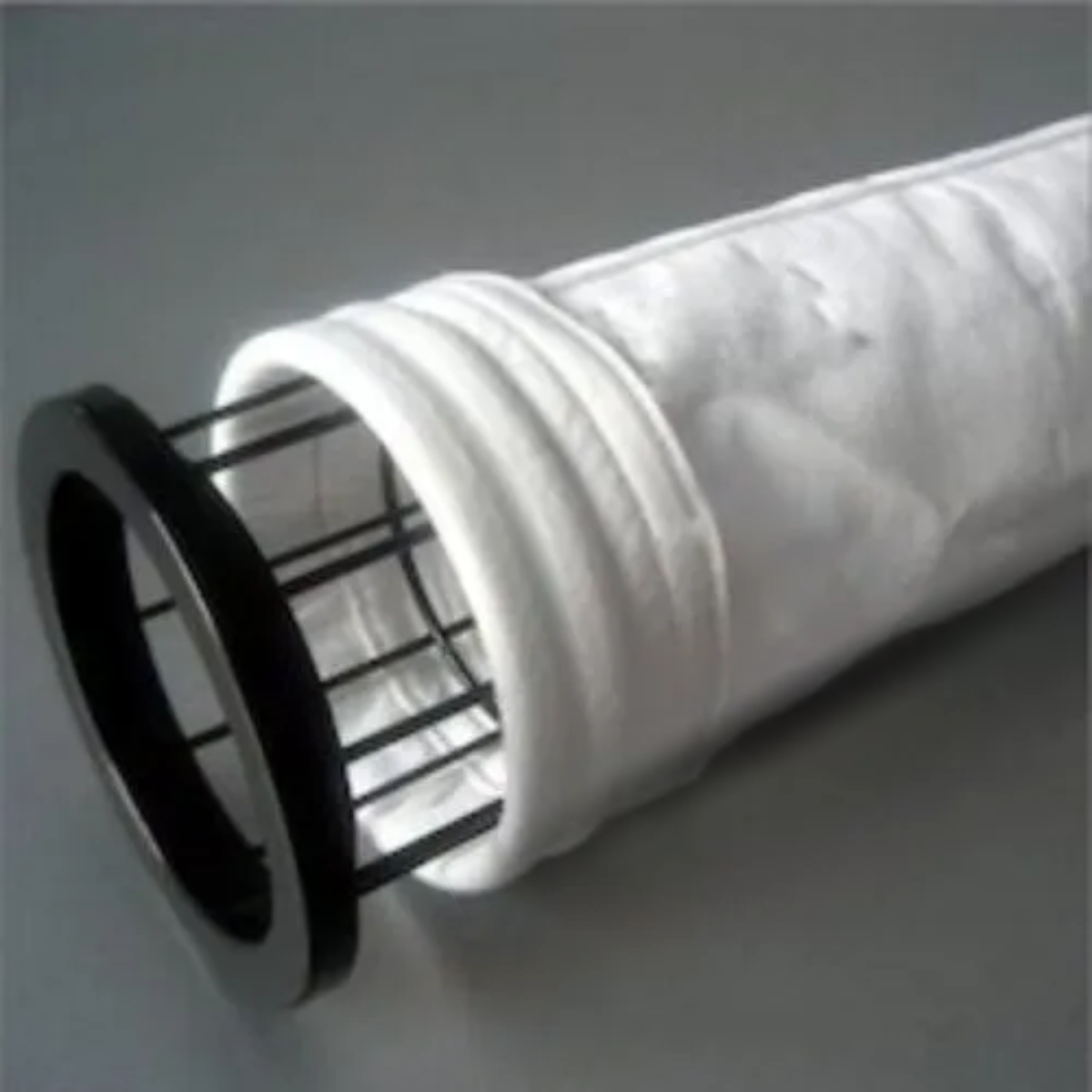
Nonwovens Nonwovens are the choice for nickel-metal hydride batteries. M19 labs provide ultra-high precision testing throughout all types of nonwoven, meltblown, nanofiber media, etc.
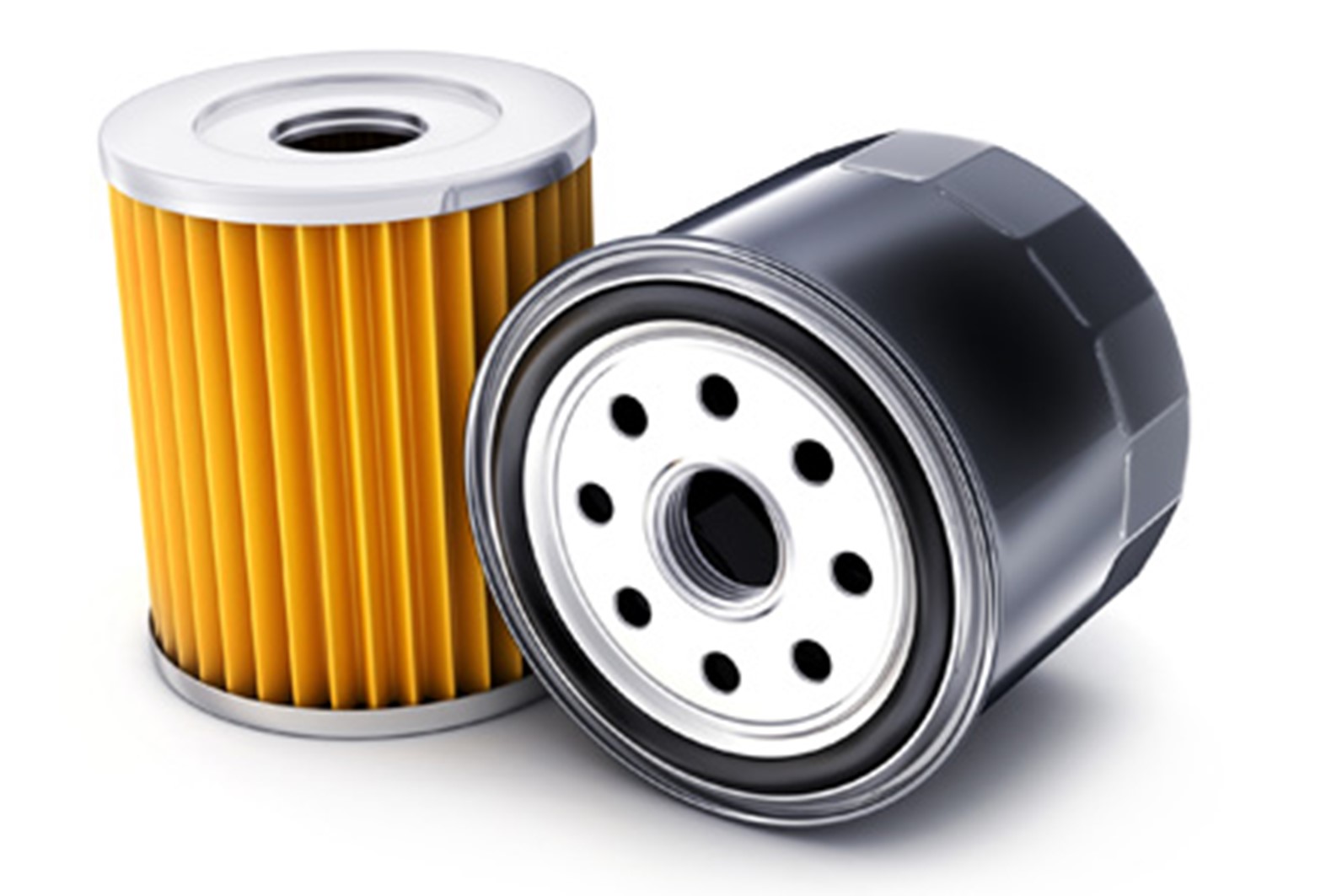
Cartridge filters have application in various fields. For example filtration of lubricant oil or fuels in engines of automobile, cold sterilization of a beverage or injectable solute, ultra-decontamination of chemical and rising waters in electronic component manufacture, removal of particles susceptible to clog an ink jet printer, cleaning of nuclear power plant liquids etc.

Membrane technology is among many techniques for CO2 gas separation. The cellulose acetate (CA) membrane is a widely used polymeric membrane for gas separation, including CO2 and CH4 gases.
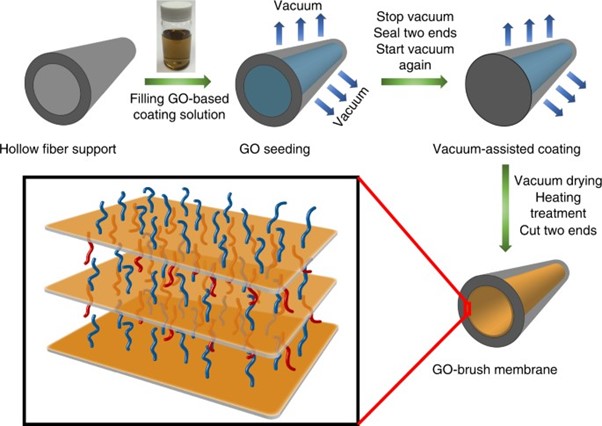
The development of advanced adsorbents with high capacity, fast rate, and easy regeneration has great practical application value. In this paper, polystyrene-polymaleic(anhydride) (PSMM-NH2) hollow microspheres with a high density of amino groups are prepared and used for the efficient adsorption of anionic dyes with the maximum adsorption amount for acid red as high as 951.1 mg g−1.

In various industrial processes water comes into contact with several pollutants, like hydrocarbons, hazardous chemicals, sewage sludge from boilers, cooling towers, and heat exchangers, and is not reusable.
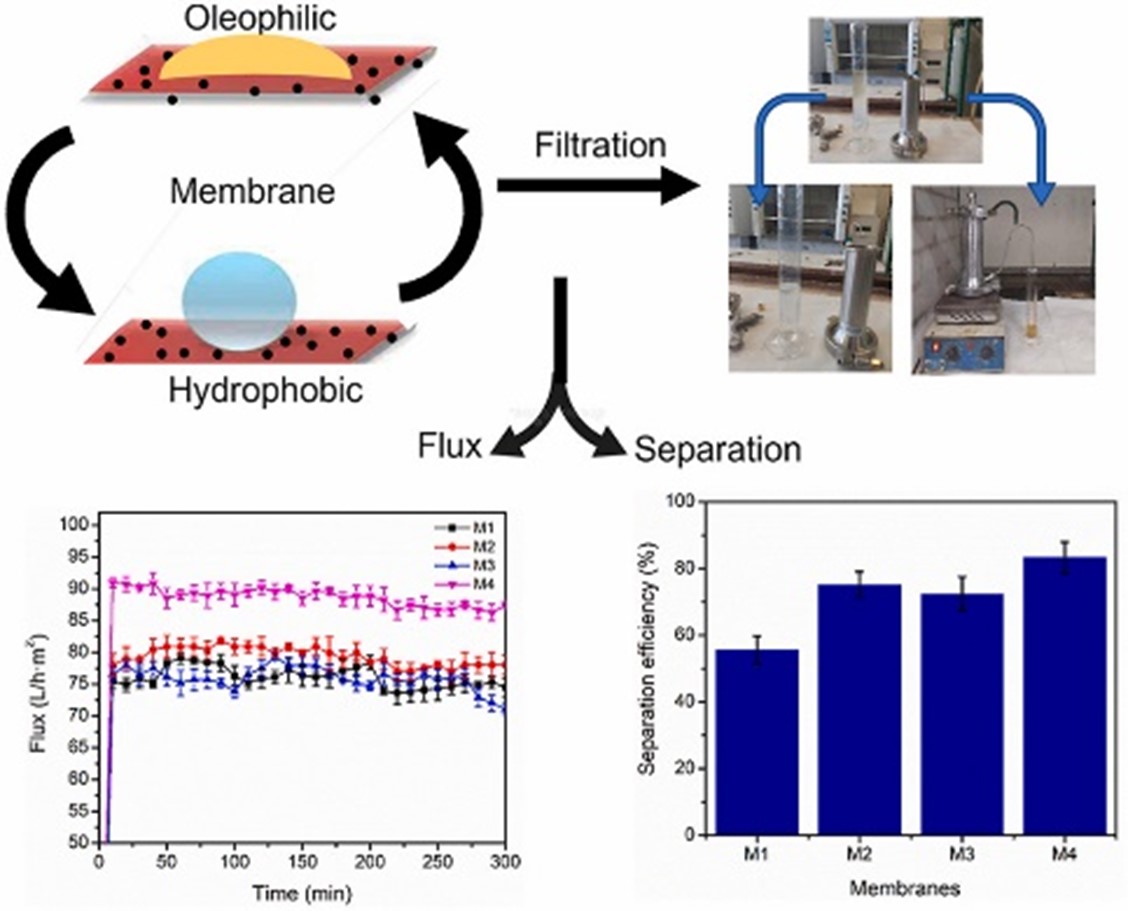
Oil spillage and industrial discharge of oily wastewater threaten the health of the human beings and the environmental life. To perform oil cleaning from the water bodies, several physicochemical methods have been employed.
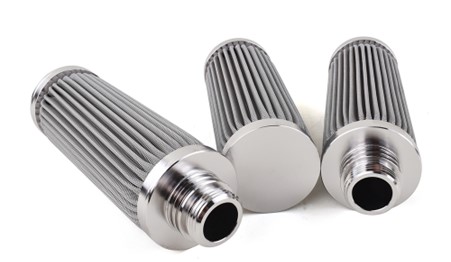
Sintering is a process of the metallurgy of filter with different metals and alloys (aluminium, copper, nickel, bronze, stainless steel, titanium etc.) in powder form.